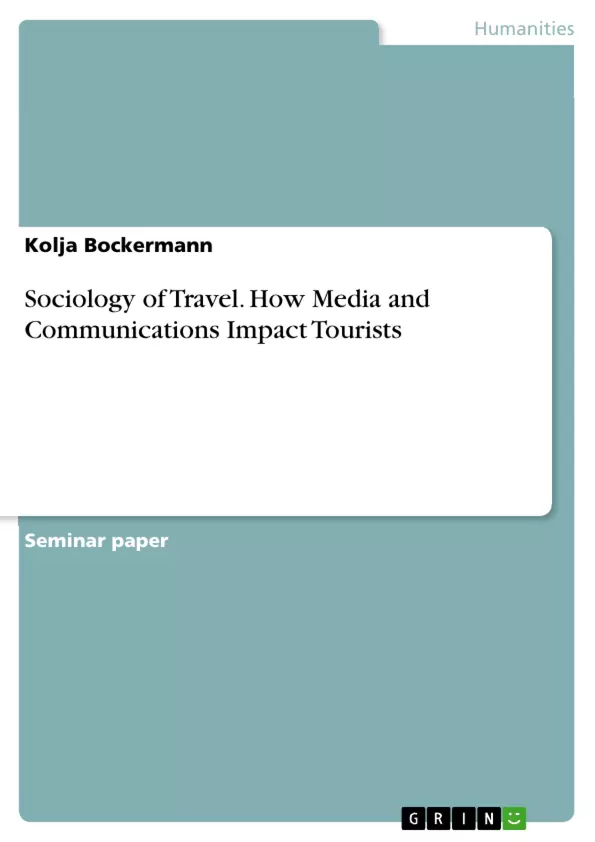This paper presents a critical review of literature related to use of social media in the tourism sector, specifically, to investigate the important role of media and communication technologies for tourists/travelers and the travel industry. The main questions is how changes in the former transform the dynamics of the latter.
Over the past years, the tourism industry had depended heavily on marketing using the power of the word of mouth. It used to be family and friends, who would assist in the planning of our traveling, with the assistance of travel agencies, magazines and tourism guides. With the emergence of digital technologies in the present world however, the word of mouth has been prolonged to a limited group of people who are widely spread all over the world. Social Media, a greater outcome of digital technology is now being used to connect travelers to the recommendations and opinions of people all over the world. The development of Information and Communication Technologies (ICTs), within the last two distinctly different decades, have greatly transformed the tourism sector in almost all parts of the world. Within its tactical level, ICT makes it possible for the e-Commerce to thrive and subsequently assist the tourism organizations to fully maximize their general efficiency as well as effectiveness while at the strategic level, ICT has helped in restricting the tourism and travel chain together with the relationships which are there between the individual tourism organizations and the relevant stakeholders to the sector.
Inhaltsverzeichnis (Table of Contents)
- Role of Media and Communication Technologies for Tourists
- Introduction
- Role of media and communication technologies in the travel industry
Zielsetzung und Themenschwerpunkte (Objectives and Key Themes)
This paper aims to critically review existing literature about the use of social media in the tourism sector. The main focus is to investigate the role of media and communication technologies for tourists/travelers and the travel industry, and how changes in the former transform the dynamics of the latter, specifically within the context of Web 2.0, empowerment, and trustworthiness.
- The role of media and communication technologies for tourists/travelers
- The impact of technology on the travel industry's dynamics
- The influence of Web 2.0 on tourism communication and marketing
- The empowerment of travelers through access to information and technology
- The role of trustworthiness in travel decisions and online platforms
Zusammenfassung der Kapitel (Chapter Summaries)
Role of Media and Communication Technologies for Tourists
This chapter explores the significant shift in the travel industry from traditional word-of-mouth marketing to the utilization of social media and information and communication technologies (ICTs). It emphasizes the impact of ICTs on the industry's efficiency and effectiveness, highlighting how technology has become the primary source of information for travelers. The chapter discusses the evolution of online travel resources, from computer reservation systems (CRSs) to the widespread adoption of the internet, and the increasing reliance of travel organizations on websites and interactive platforms.
Role of media and communication technologies in the travel industry
This chapter examines the impact of social media on different phases of the travel experience, including the pre-trip planning stage. It explores how social media use varies among different demographics and how the availability of technology at home influences travel planning. The chapter also discusses the growing role of social media in tourism marketing, with organizations leveraging platforms like TripAdvisor, Expedia, and Yelp to promote destinations and products to a wider audience. It concludes by emphasizing the significant potential of social media in shaping traveler perceptions and behaviors.
Schlüsselwörter (Keywords)
The key terms and focus topics of this paper include media and communication technologies, tourism, travel industry, social media, Web 2.0, empowerment, trustworthiness, information technology, digital marketing, online travel resources, traveler behavior, and customer experience.
- Arbeit zitieren
- Kolja Bockermann (Autor:in), 2019, Sociology of Travel. How Media and Communications Impact Tourists, München, GRIN Verlag, https://www.grin.com/document/540167



